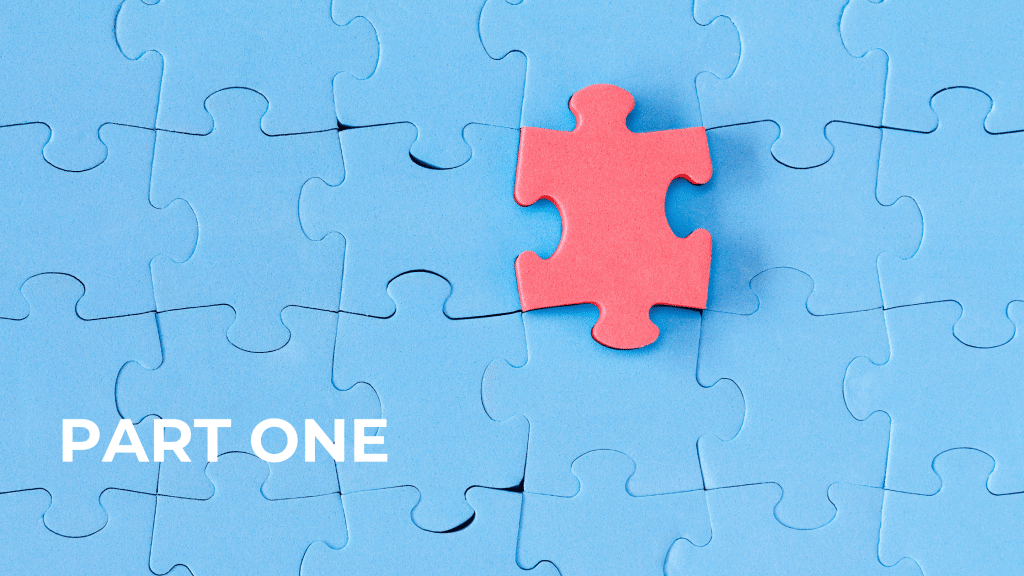COVID-19 finally caught up with me after three years of managing to avoid the dreaded virus. I wasn’t a close contact and I have no idea where I contracted the virus or why it took so long when we’ve had it in our house before.
It made me think about how in the late 1800s, a group of scientists discovered bacteria cause illness. This was a ground-breaking discovery, but what the scientists back then couldn’t explain was why some people got sick while others didn’t. They searched for a specific bacterium that could be blamed for the illness, but they couldn’t find it.
Eventually, they realized the presence of the bacteria alone was not enough to cause illness. It was the body’s response to the bacteria that determined whether a person got sick or not. This shift in thinking paved the way for modern medicine as we know it today.
Trying to search for a specific cause when faced with complex problems is like looking for a needle in a haystack.
The effort you put into trying to find someone or something to blame is unlikely to yield any useful results and distracts you from how you will respond.
Yves Morieux and Peter Tollman, from the Boston Consulting Group and authors of the book Six Simple Rules, explain one of the dangers in tackling complex problems is we can find ourselves lured into seeking linear cause-and-effect explanations. This is a mistake because complex problems often have multiple causes and are difficult to predict.
Instead of trying to pinpoint blame, it’s better to accept what cannot be changed and focus on developing the adaptive capacity and capability to respond to complex challenges.
This means making sense of what is happening or could possibly happen now or in the future and focusing your energies on responding appropriately.
Organisations can develop their adaptive capacity and capability by:
- Fostering a culture of learning and innovation by encouraging employees to experiment, take risks, and continuously learn from their mistakes.
- Developing cross-functional teams that bring together people from different departments and areas of expertise to encourage collaboration, knowledge sharing, and cross-pollination of ideas.
- Embracing diversity of thought, background, and experience, and creating a culture that values and actively seeks out diverse perspectives and voices.
- Using data and stories to inform decision-making by collecting and analysing data and stories about the organisation’s operations, customers, and market trends to make informed decisions and adapt to changes in the business environment.
- Encouraging agility by being flexible and adaptable to change, and being willing to pivot and adjust strategies when necessary.
- Investing in training and development by providing employees with the necessary tools and resources, including training, mentoring, and coaching, to develop their skills and knowledge.
By embracing a mindset of continuous learning and adaptation, we can better equip ourselves to face the challenges of today’s rapidly changing business landscape.
Satya Nadella, CEO of Microsoft reminds us, “Don’t be a know-it-all; be a learn-it-all.”
So next time something goes wrong, resist the urge to find out why at all costs. First, consider whether what you discover will be worth the investment of time and effort. Then decide if you’re better off putting that time and effort into building your capacity to adapt, learn and respond.







